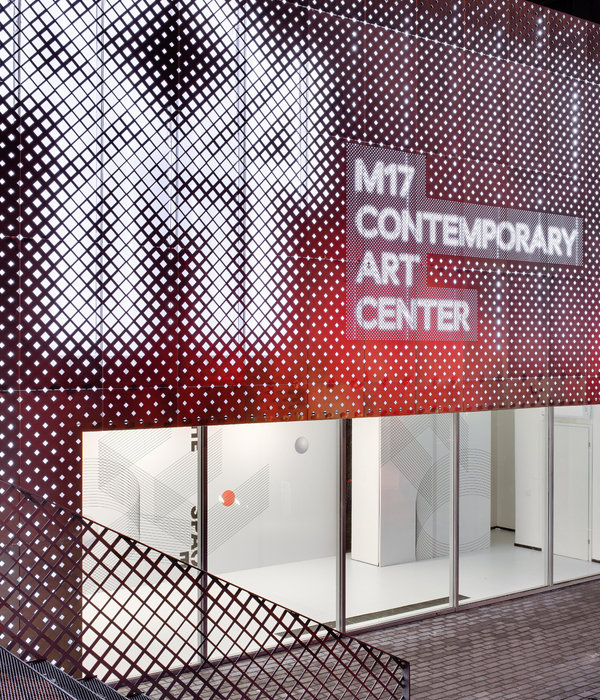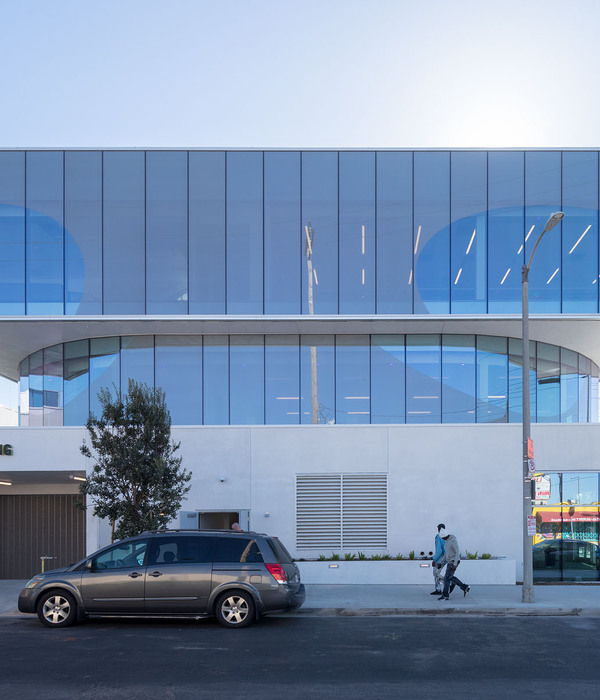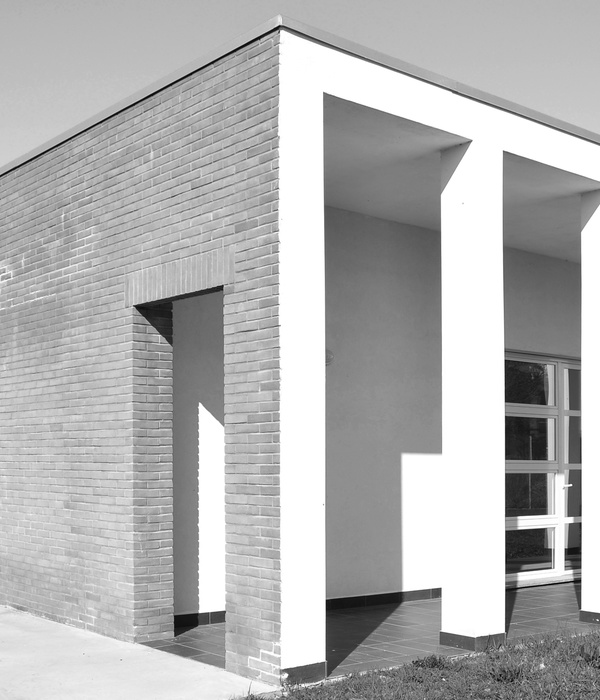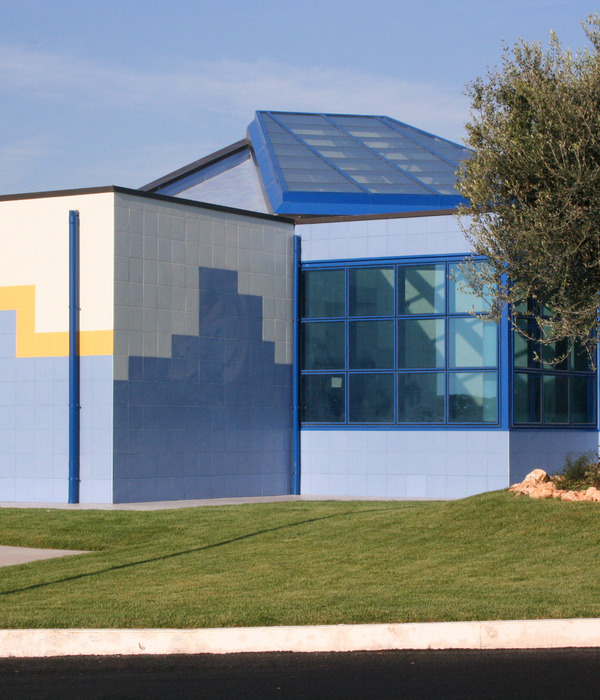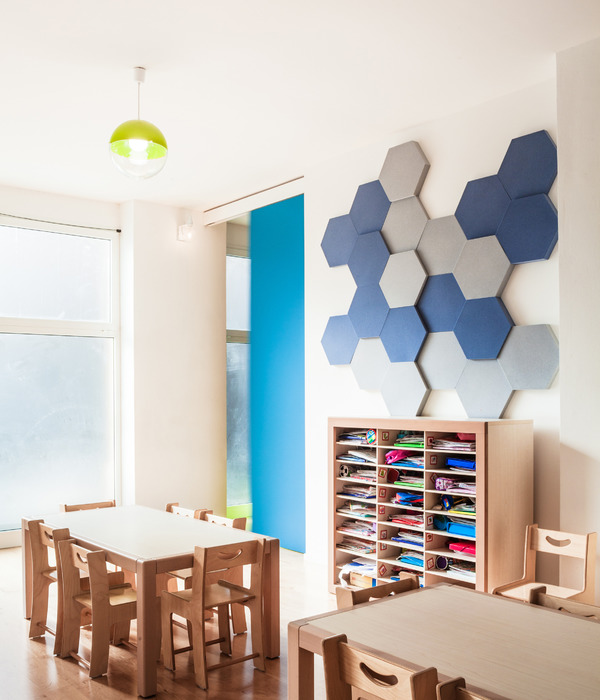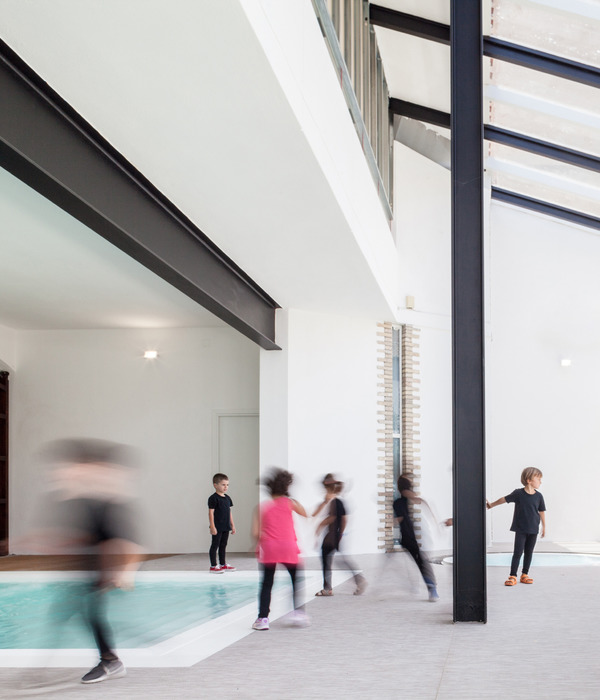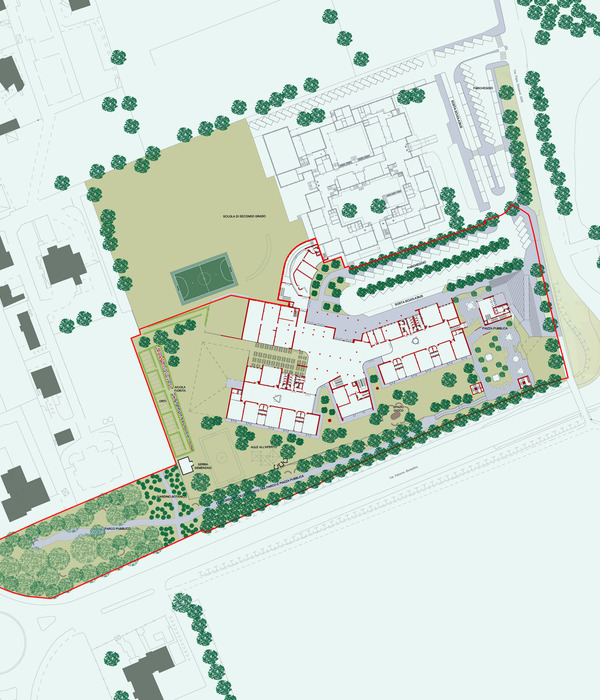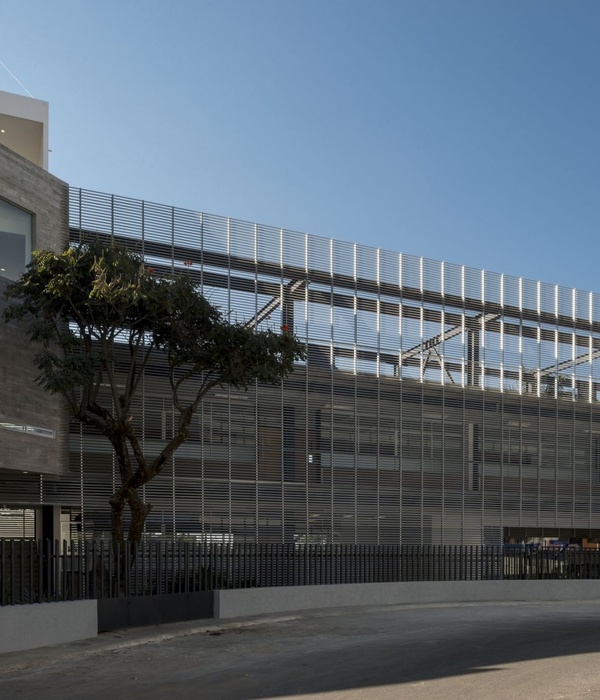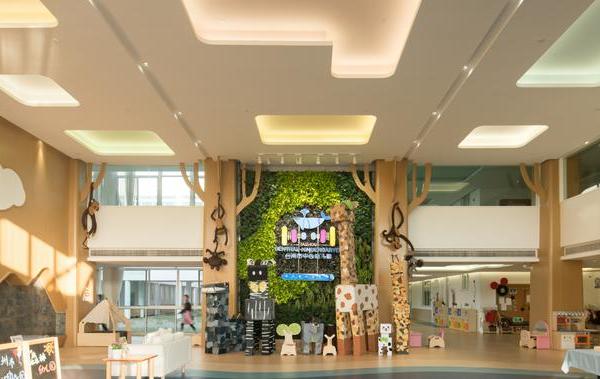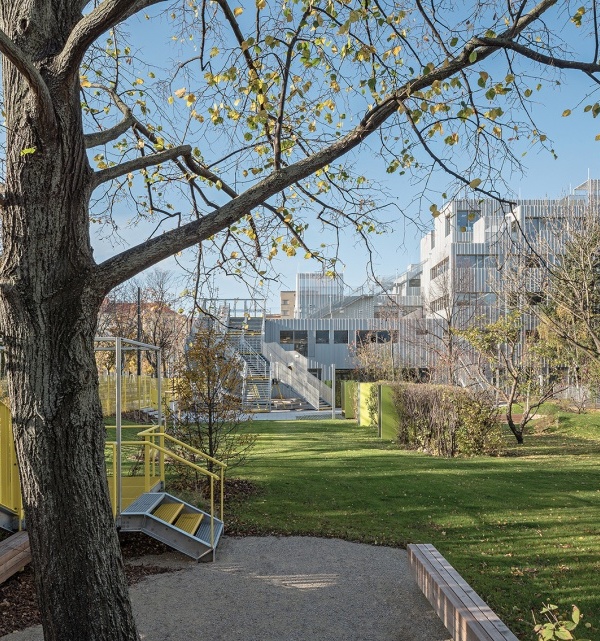四川南充仪陇空间装置建造营——让孩子们拥抱建筑梦想
“今天我玩的很开心……在建筑工作坊的教室里,……走的时候我真的心里有一丝不舍,因为它太漂亮了,我根本就移不开视线……·从小到大第一次做那么大的东西……” 这段话来自夏瑜小朋友的日记。她是种太阳·四川南充仪陇空间装置建造营的一员,也是一名留守儿童。在为期六天的建造营中,她和其他24名孩子一起,第一次亲手设计并搭建了一组空间装置。在最后一天的展览中,装置吸引了周边百余居民和学生,成为了春节之外最热闹的嘉年华。
“I really enjoyed myself today in the workshop…It is too hard to leave that place, as I couldn’t control my eyes stare at such a fascinating piece of work. … This is the first time that I have a chance to make so big a stuff in my childhood.”
This quote is from the diary of Xia Yu, a local left-behind child, who is one of members in Sunners · Space Installation Construction Summer Camp in Yilong (Nanchong, Sichuan Province). During the camp, 24 children had designed and set up a series of space installations by themselves for the first time. These beautiful works have attracted a lot of local residents and students to come to the exhibition on the last day, which seemed to make it become a carnival, as lively as the Spring Festival.
▼由设计师和孩子们在恩施共同搭建的空间装置, a series of space installations set up by the designers and the local children from Enshi

城市的飞速发展反衬了仪陇和恩施这样的小山城的困境。这里稀缺的可耕作土地令当地人不得不远行打工维持生计。大量的孩子被留给家中年迈的爷爷奶奶抚养,成为了“事实孤儿”。然而,尽管这些孩子都被外界贴上了“事实孤儿”“留守儿童”的标签,其实他们之间有着大大的不同。
In recent years, small mountain villages, such as Yilong and Enshi, have been in a dilemma. Young people have to leave their hometown and to support their large family due to the scarce land resources. As young move to towns and cities far away for a better life, a large number of children are left behind and can only get along with their older grandparents, turning into ‘de facto orphans’. [de facto orphans means children with one or two parents alive but unwilling or unable to raise them]. In spite of similarly being labelled as ‘de facto orphans’ or ‘left-behind children’, these children are living in totally different lifes in different places.
▼位于仪陇的建造营,installations set up in Yilong
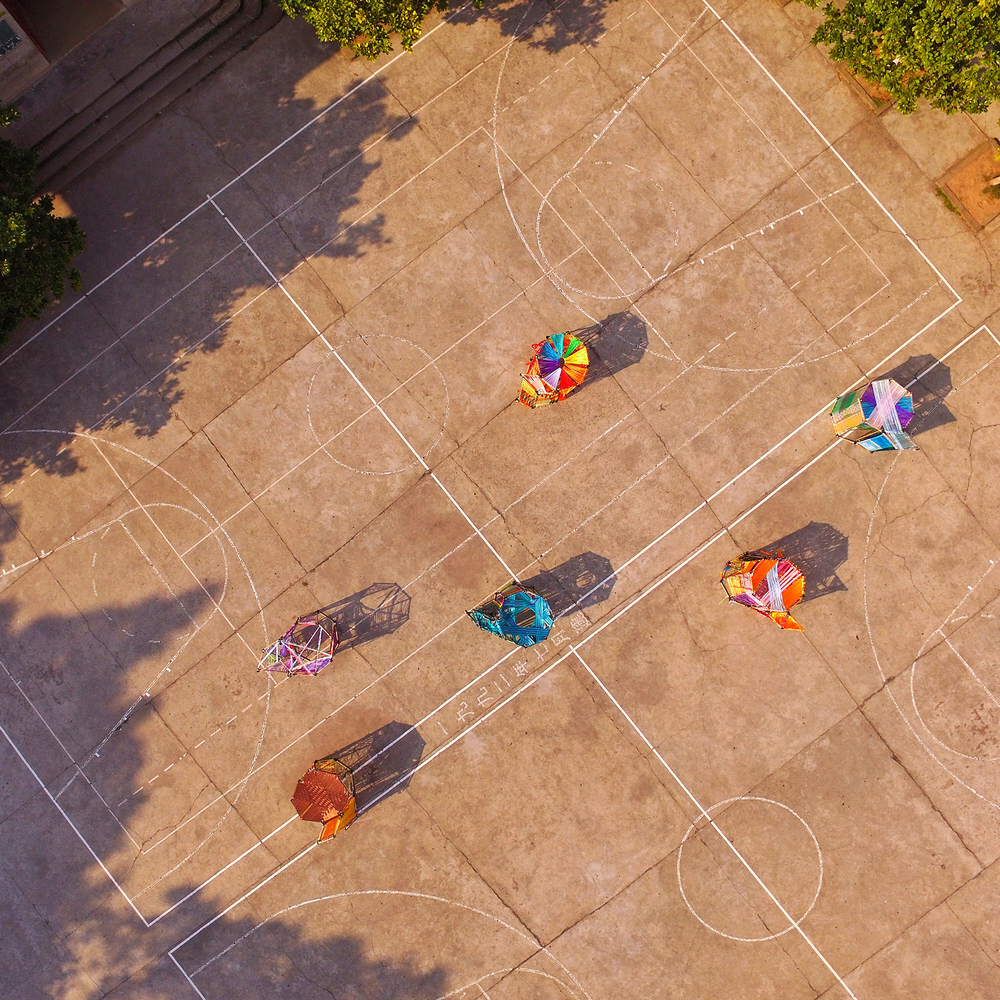
仪陇和恩施,代表了留守儿童两种完全不同的生存状态。在仪陇,孩子们的年龄在12-15岁之间。百分之六十以上的留守儿童,是非婚生子女。很多孩子第一次来夏令营的时候,连基本的生活卫生习惯都没有。志愿者要从洗脸、洗手一点一点教起。陪伴的长期缺失令这群孩子渴望关爱,却又对交往的界限模糊不清。一旦志愿者们表达出善意,他们会立刻向你索取手机,相机甚至未经允许翻包;一旦没有及时回应他们的需求,他们又会立刻表现出习以为常的落寞。这种早熟很难不令人落泪。而在恩施,情况则要好的多。虽然这里的孩子更小,平均年龄在12岁左右,但是大部分孩子都拥有比较完整的家庭,虽然父母长期外出打工,不在身边,但是物质条件更为丰厚,得到了学校和家庭很好的照料。他们热情、活泼,对于新鲜的事物有着极度的渴求与敏锐的感受力。
Left-behind children in Yilong and Enshi represents two different states of living modle, comprising of social welfare, learning environment and psychological health. In Yilong, the majority of these children are at the age of 12 to 15 year-old, and more than 60% of them are children born outside of wedlock. Many of them didn’t have basic hygienic habits when they came to the summer camp first time. Volunteers even need to teach them from how to wash face and hand with patience. The absence of companionship over a long period makes them thirst for love. However, as the eroded sense of social propriety, once the volunteers attempt to show goodwill, these children are easy to tend to overstep the bounds, doing something like asking for mobile phone or camera, or even rummaging through bags without permission. On the other hand, they may immediately show habitual loneliness, once the volunteers fails to response to their need in time. We cannot display a indifference to their precocity and delicate. In contrast, the situation of children in Enshi is much better. On the average of 12 years old, they are younger kids who mostly live in an unbroken family. Despite their long-term lack of accompany from parents, these children are living in a sufficient condition and are well cared for by school and family. They are enthusiastic and lively, wowed by new wonders, and have youthful sensibilities.
▼装置细部,detail
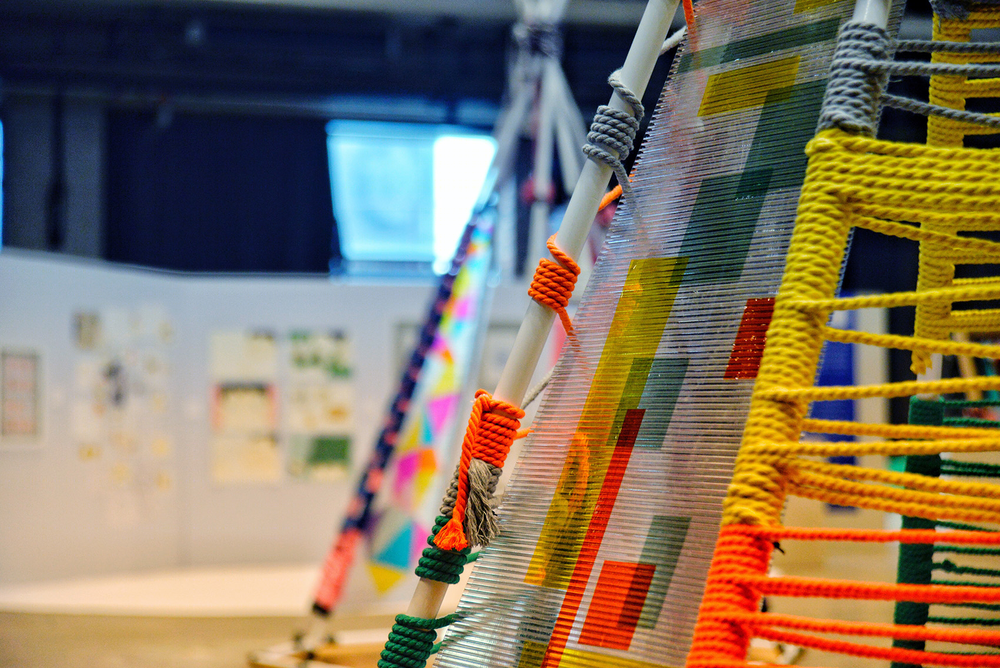
▼展出时的装置,Raise Me Up on exhibition
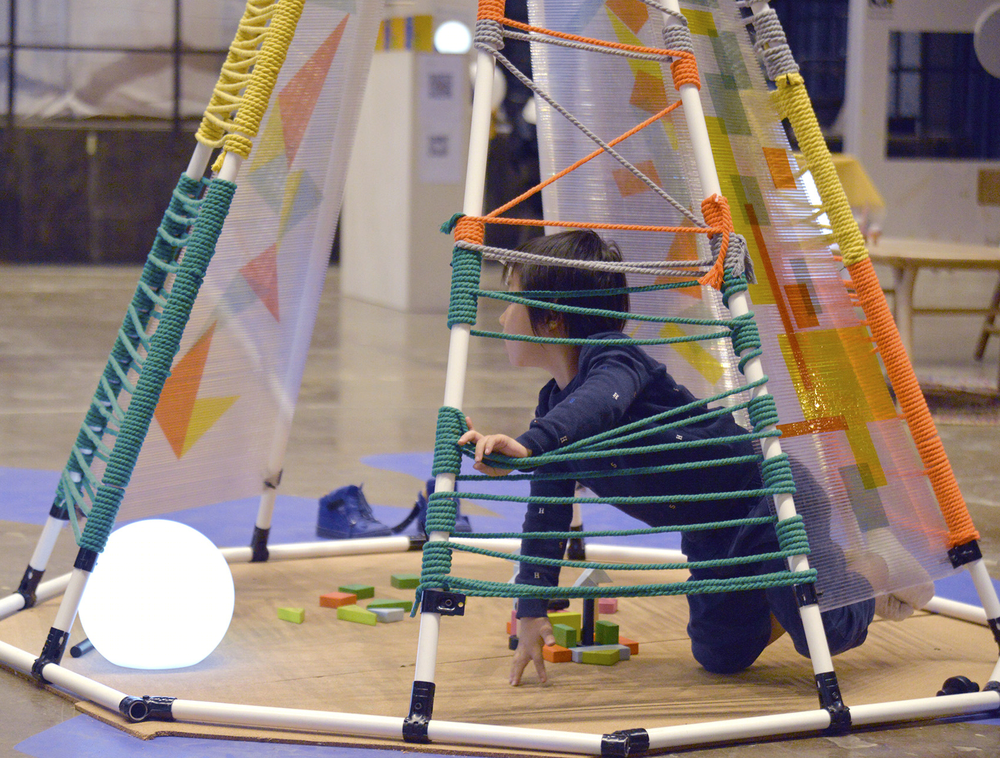

给这些孩子做空间装置建造营,这是第一次,没有任何先例可循。对于这些从心理状态到知识储备完全不同的孩子,“RAISE ME UP”空间装置建造营试图探索更多的未知:平均年龄不足12岁的孩子,能否独立完成一个“建筑”,或者说“空间装置作品”?孩子们能否完全参与到建造的整个过程中,不需要教师和家长们代劳?教师干预与孩子们自主创造的平衡点在哪里?面对两群心理状况与学习基础完全不同的孩子,建造营要如何调整课程适应他们?建造能否由建筑师推而广之,成为教师与孩子们共同学习的基础课程?
For us, there is no precedent for such a volunteer activity to reference as this is the first time to organize this kind of space installation construction camp for these special children. For these children who are different in both physiological and mental state, ‘Raise Me Up’ camp was set up to explore the unknown: Is it possible for these children to construct an ‘Building’ or ‘Installation’ all by themselves? Could they get involved in the whole construction progress without teachers or parents’ help? Where is the balance between self-creation and teachers’ interference? How to adjust the courses according to children with different physiological and mental state? Could construction course be popularizing and become a foundation course?
▼基于柔性管系统搭建的装置,the installation is based on a lean tube system

在寻找质轻价廉又易于拓展的建造材料的时候,我们发现了柔性管这种有趣的材料。柔性管,是一种在中国南部工厂非常常见的搭建系统,是20世纪下半叶流行的“精益制造”哲学发展而来。因着大工业制造时代的开始,柔性管因其易用性与安全性被大量推广普及。而这些广泛分布中国南部的工厂,也正是留守儿童父母们打工的去处。柔性管体系提供了十余种成熟的构件连接方式,不需要提前订制,并且价格低廉易于获得,容错性高。除了负载外,不需要考虑太多的精确数据和结构规则。并且,它比普通建筑工程用的钢材更轻,更适合小型轻量构造物的搭建。
When looking for some inexpensive construction materials, we find an interesting material — ‘Lean Tube System’. With the beginning of industrial age, lean tube system was widely popularized and used for its usability and security, and developed from the Lean Manufacturing Idea (simple, to cut the costs and increase the efficiency) popularized throughout the latter half of the 20 century. Now, lean tube system is commonly used to build a structure system working in those factories in southern China, where most of these left-behind children’s parents worked. Lean tube system provides more than 10 component connection methods. They are plentiful and cheap, with high fault tolerance, and could be setting up without considering too much precise data and structure rules. On the other hand ,compared with common building steels, they are lighter and easier to constructing small-scale installations.
▼八棱锥型的小房子,孩子们可以完全自己动手建造,a shelter in an octahedral pyramid form that can be simply set up by children themselves
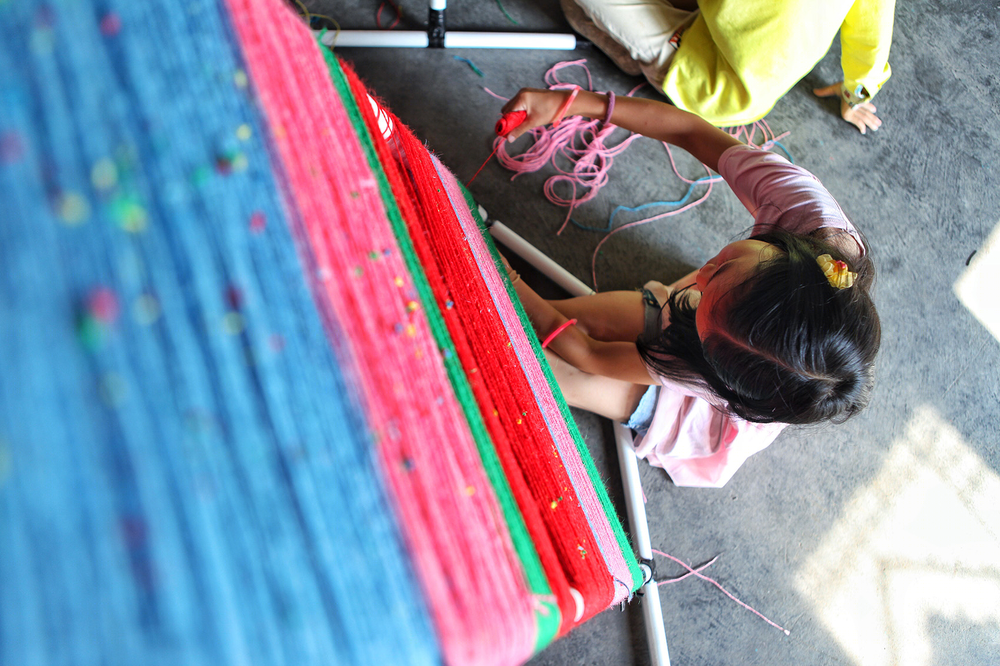
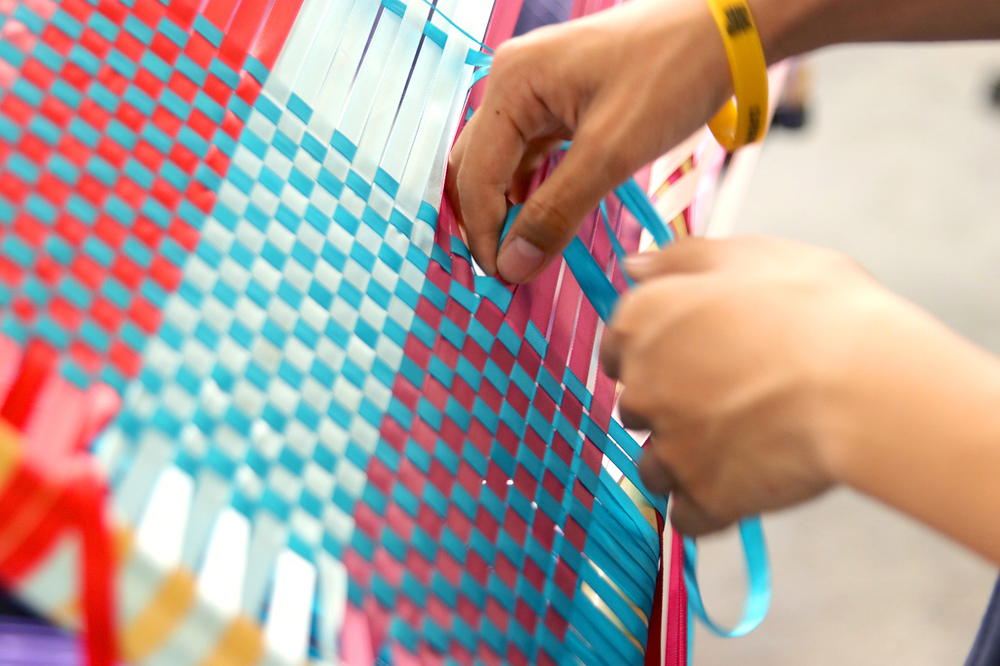
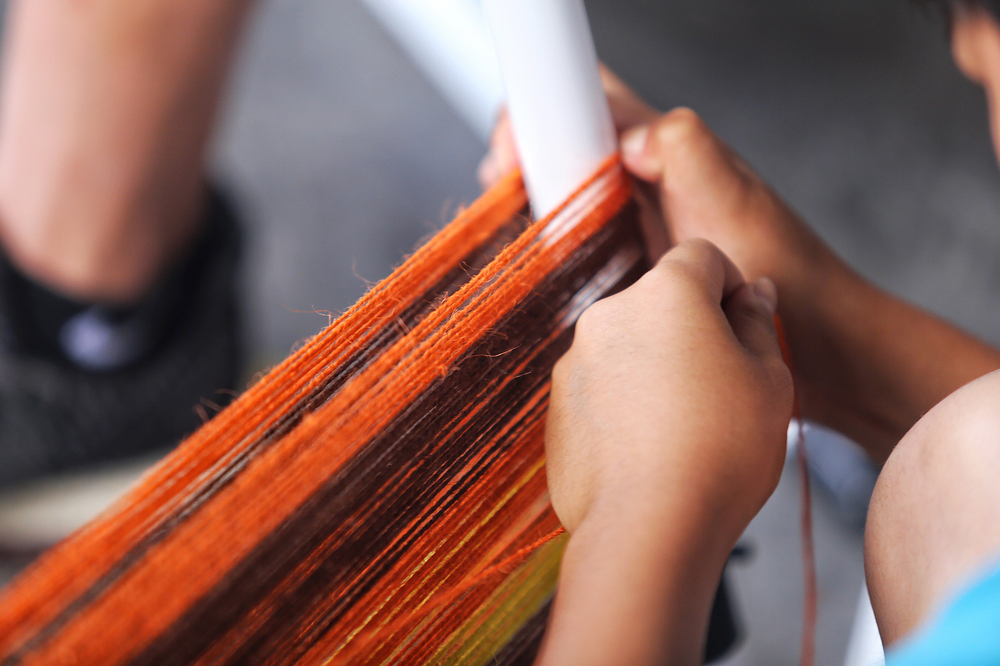
在恩施的建造营,我们为孩子们的建造设立了基础规则:每组以共计16根柔性钢管建造一个八棱锥型的小房子,孩子们可以完全自己动手建造,保证了完全的参与度与安全性,即使某些构件搭接不够紧密也不会影响整体结构稳定性;若干组小房子自由组合,形成原始聚落空间形态。在结构搭建完成后,阳光板和麻绳给了孩子们更完全的创作自由。麻绳发展出了无数种缠绕方法,带来了极为丰富的空间围合度;阳光板上的彩色拼贴让剪刀成为了孩子们的画笔,利落的剪刀径直剪向或完整或细碎的色彩,色块交迭后愈加丰富的色彩成为了阳光下颜色的游戏。
In Enshi camp, we set some basic rules: every group can use 16 lean tubes to build a shelter in an octahedral pyramid form. The children can complete it all by themselves. Even if some connection components may not be structured well, the stabilities of the whole structure will not be affected. Moreover, these shelters could be assorted independently, making a spatial form of settlement. After the main structure finished, the children could try whatever they want to create their own shape by using the polycarbonate hollow sheet and hemp rope as decoration and enclosure, forming amazing variety of space closures. By regard Polycarbonate hollow sheet as canvas, ticker tapes as pigment and scissor as pen, the children were just like playing a game of colors in the sunshine.
▼若干组小房子自由组合,形成原始聚落空间形态,the shelters could be assorted independently, making a spatial form of settlement
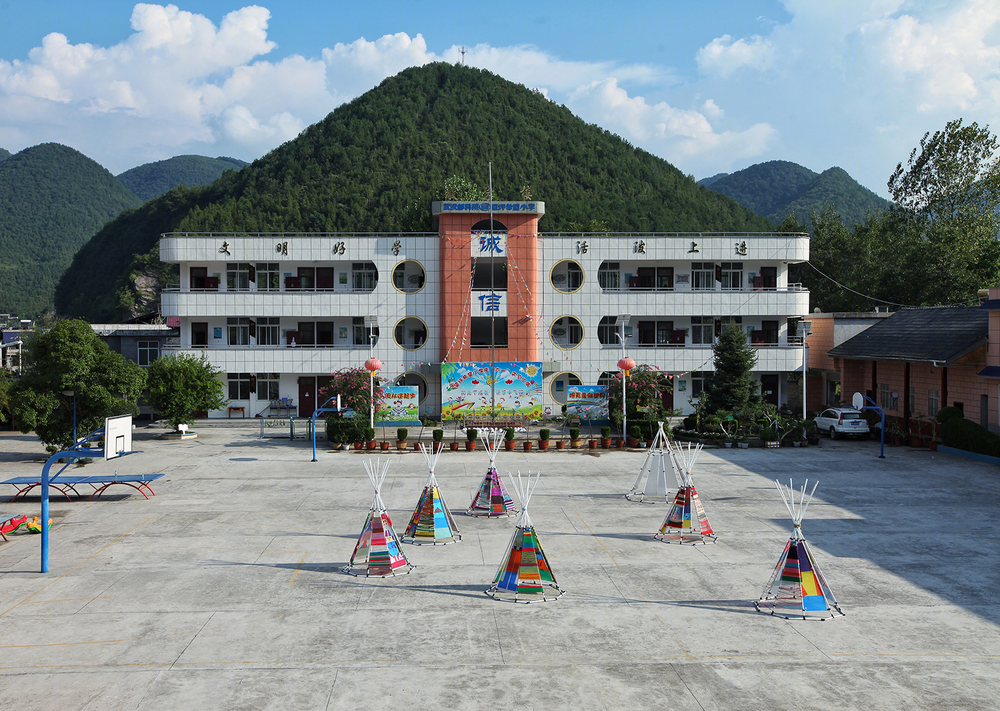
▼夜间的“嘉年华” ,a “carnival” at night
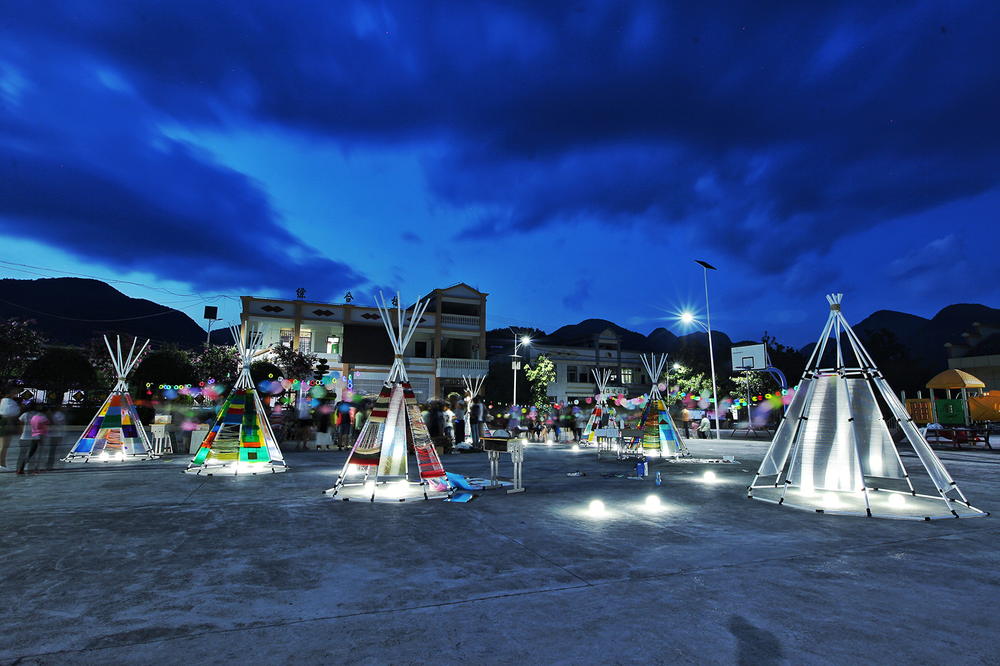

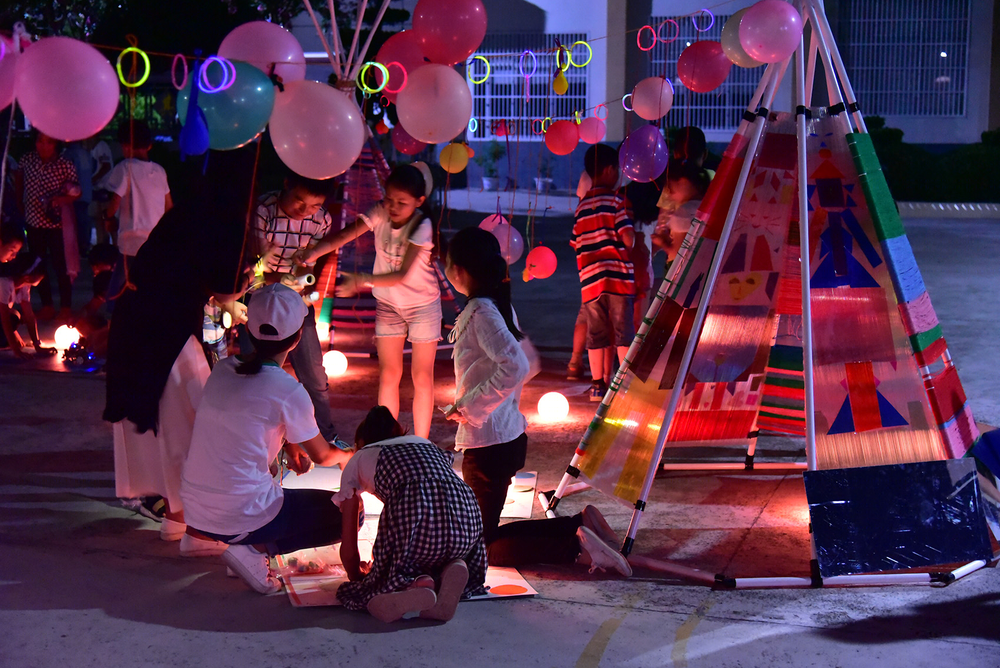
在仪陇的建造营,为适应更高年龄的孩子,并减少运输带来的成本,我们以更为轻质的竹子配合柔性管体系的预制构件,每组以共计36根竹子建造一个更为复杂的形体。从通常的角度来看,这些作品很难称之为“建筑“,它们当然不能住人,没有明确的功能,也不能够遮风挡雨。但是,在创作的六天时间里,孩子们出色完成了个建筑师的任务:接到设计任务,明确基地条件与设计要求,用草图和概述提出自己的想法,并最终依靠团队的力量完成搭建。
In Yilong camp, in order to reduce transportation cost and fit the characteristic of older children bamboo was chosen to be the materiel instead of lean tube. And Every group was given 36 bamboos to construct a more complicated form. From a general point of view, these shelters are sorely stretched to be described as ‘building’. They are not inhabitable, with no certain function, and even hardly shelter people from rain and wind. While, during the six days, all the children had acquitted themselves of various architects’ duties splendidly: got assignment, defined the site conditions and design requirements, used sketches or summaries to propose their ideas, and then finished the construction with team.
▼仪陇的建造营以更为轻质的竹子配合柔性管体系的预制构件,in Yilong camp, bamboo was chosen to be the materiel instead of lean tube


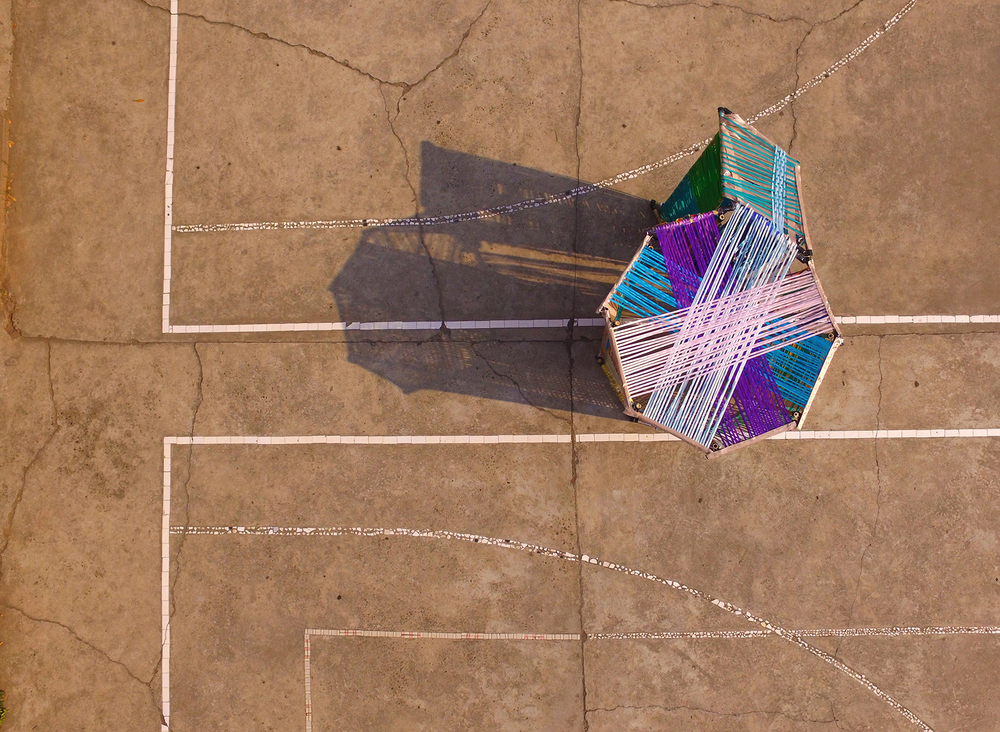
最初我们考虑过将志愿者的作品作为范例指导孩子们的创作,然而在建造营第二天就打消了这个想法——没有想象中的“不能理解”“无法沟通”,孩子们以比我们预计快一倍的速度完美完成了他们的作品。五天紧锣密鼓的创作,令孩子们第一次搭建了属于自己的空间建筑装置——这恐怕是大部分成年人都没有的经历。在搭建作品的日子里,连在学校外几公里开饭店的大叔都会向我们打听:听说孩子们要搭六个小房子呢!我们自豪又欣喜,不仅是因为建造营这件小事成为了村子里的大事件,更是因为孩子们在这里真正成为了创造的主体,而不是被关爱的对象。在建造营,他们是“在场”的!
Initially, we have considered to use volunteers’ work as an example to direct the children, but we changed our mind when the camp started. Having no ‘understanding’ or ‘communicating’ issues , all the children have finished the work perfectly at twice the speed that we expected. Five-day intense creation work gave a chance for children to build their own space installation, which was a meaningful practice even most adults may never have experienced. During the camp, even people living far away from school inquired about those six shelters: ‘Is that true? Our children will build six houses?’ We felt so pride and joyful, not only for the camp becoming a big thing in the small village, but children becoming central character. In the summer camp, they are ‘On Site’!
▼更高年龄的孩子完成了更为复杂的形体, a more complicated form by older children
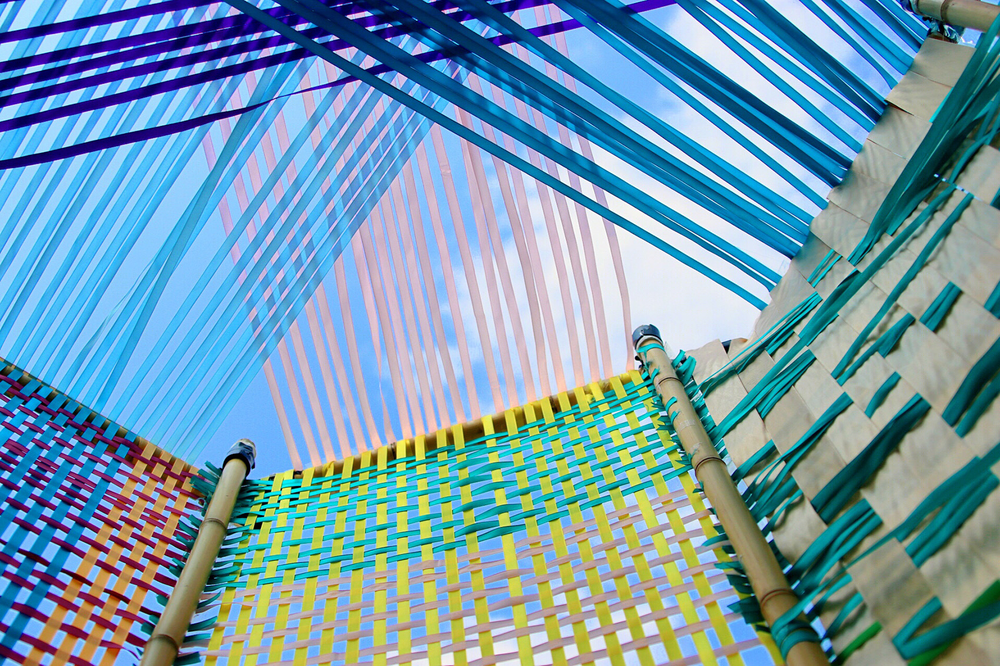
▼编织表面细部,detail
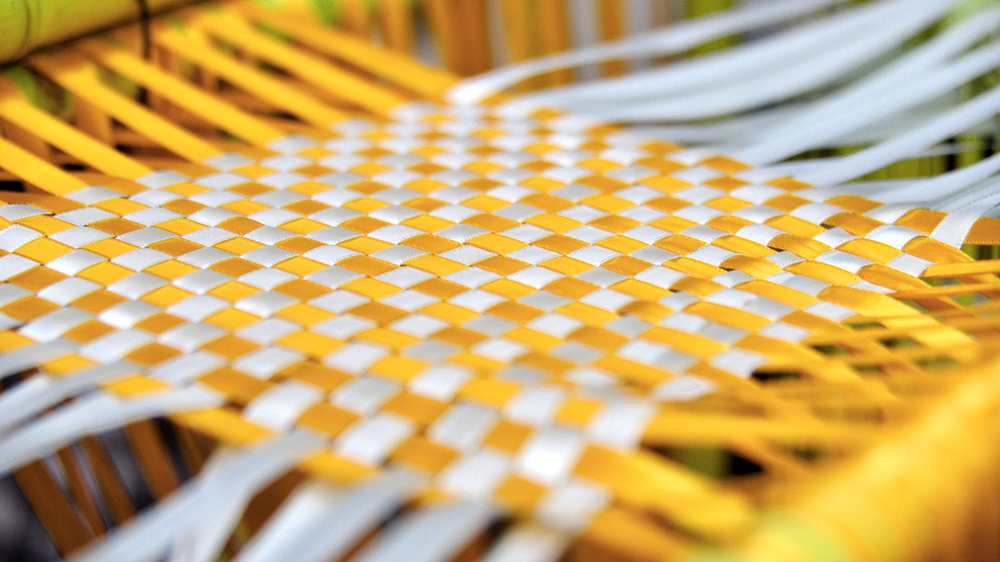
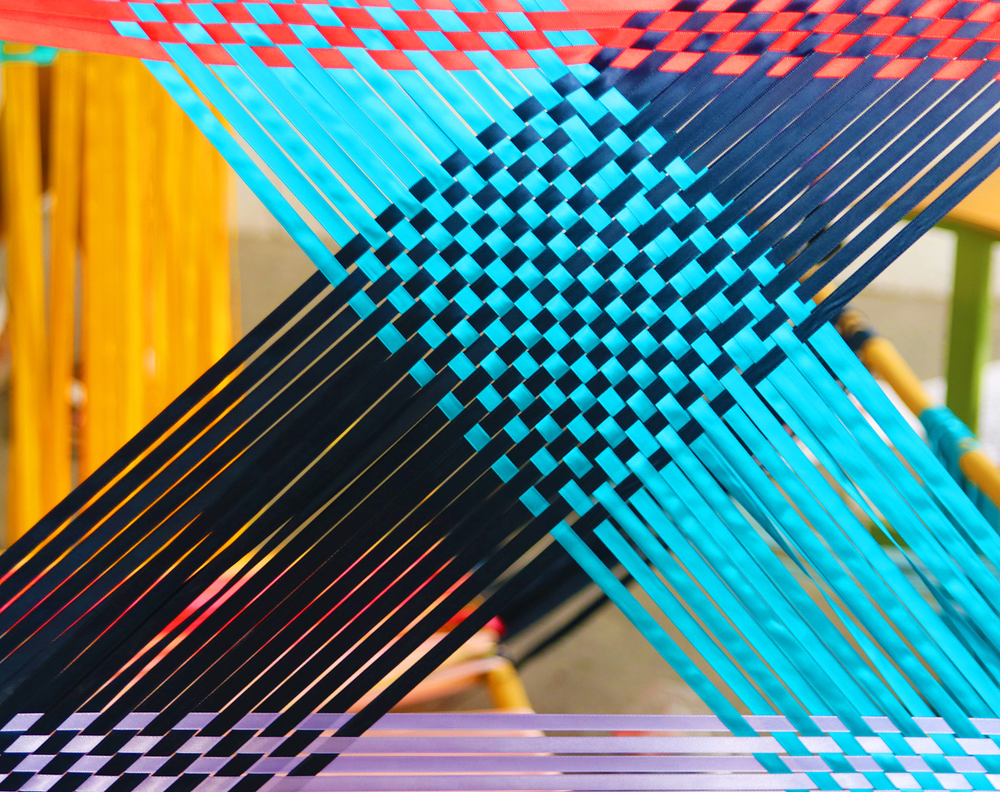

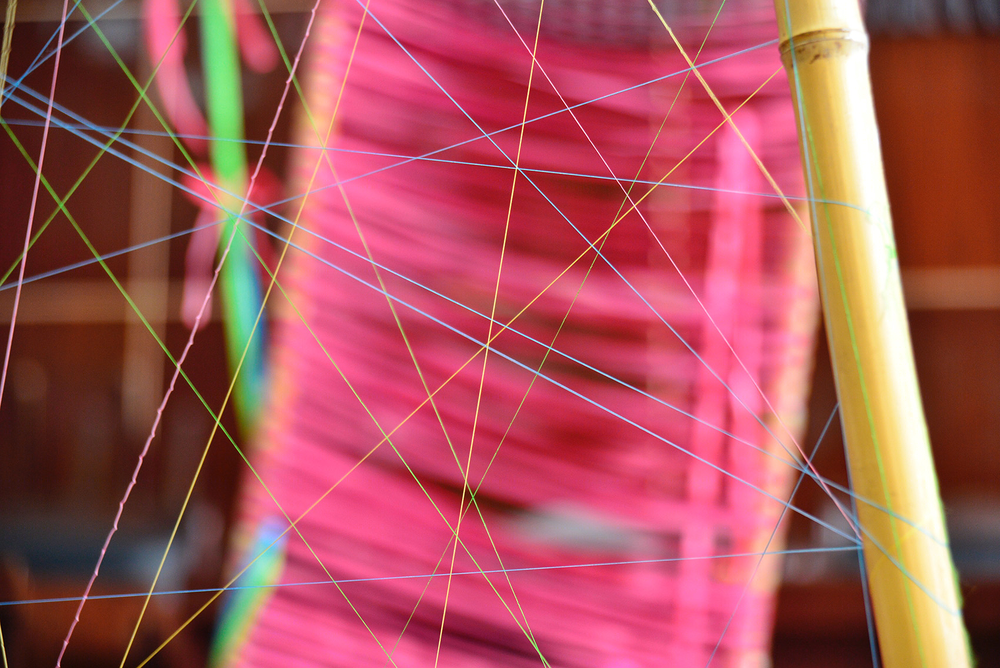
同样“在场”的,还有来自全国各地的志愿者们。“我原以为建筑就是盖房子,就像我们平时在城市里看到的那样。”建造营的志愿者在开营前的培训结束时说,“今天才知道,原来建筑师可以做这么多有趣的事情!我想在以后的职业选择中,建筑师也会成为我理想的职业之一!”在建造营,志愿者们不再是单向地付出自己的善意,而是与孩子们的共同成长。在建造这件小事面前,大家都是平等的。
The volunteers coming together from all over the country are also ‘On Site’! ‘
I thought architects build rather than design houses just like what we usually see in the city,
’ a volunteer said, ‘I didn’t expect architects are able to do so much interesting things until today!
Maybe architect would be one of my career choice in the future.
’ In camp, volunteers may not just give their goodwill, but also grow up with these children together. Everyone is equal, in this ‘little’ case.
▼装置吸引了周边百余居民和学生,these beautiful works have attracted a lot of local residents and students to come to the exhibition on the last day
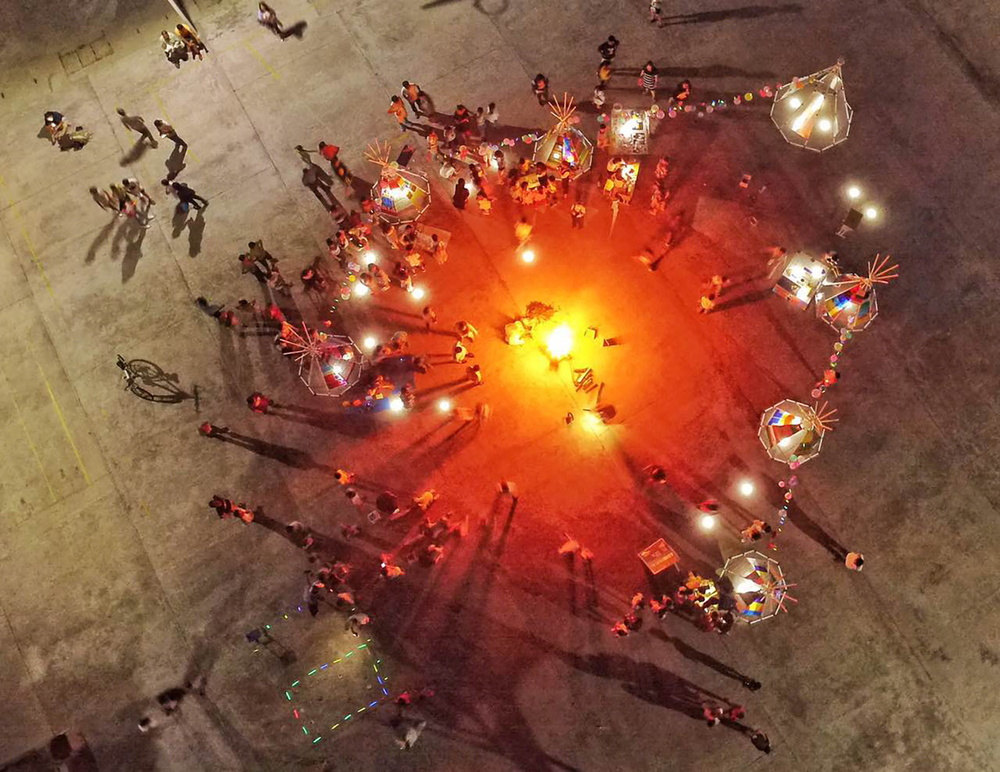
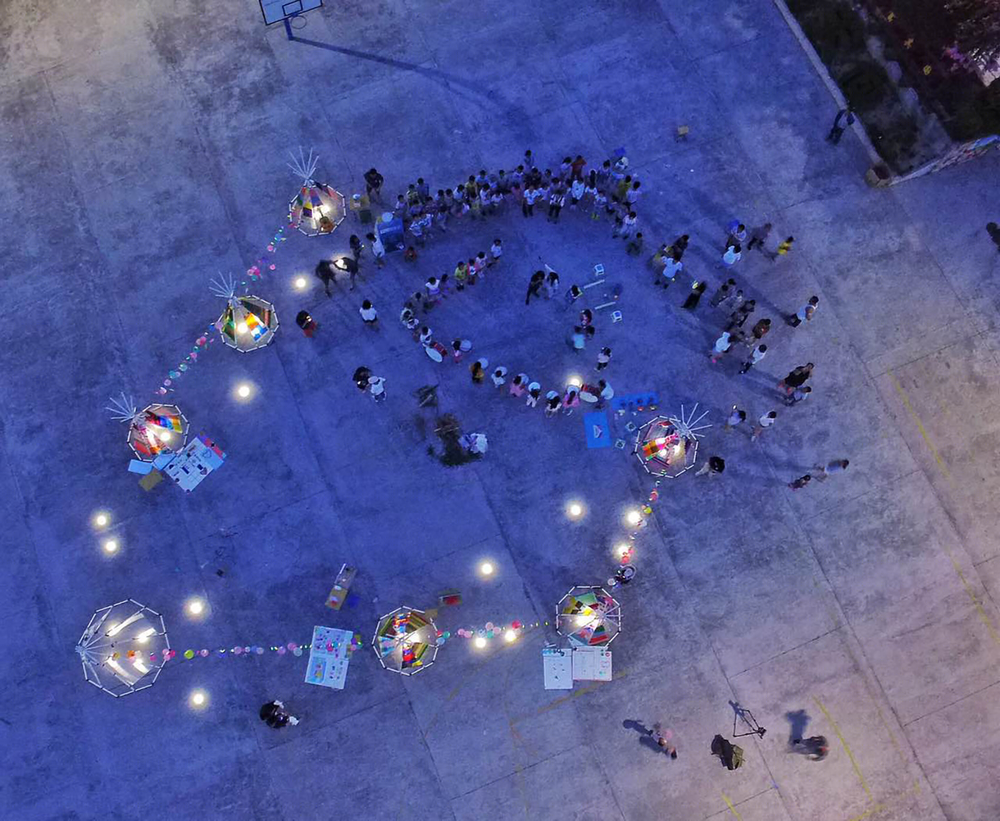
You raise me up, so I can stand on mountains
You raise me up, to walk on stormy seas
I am strong, when I am on your shoulders
You raise me up
To more than I can be
▼搭建过程记录,construction record
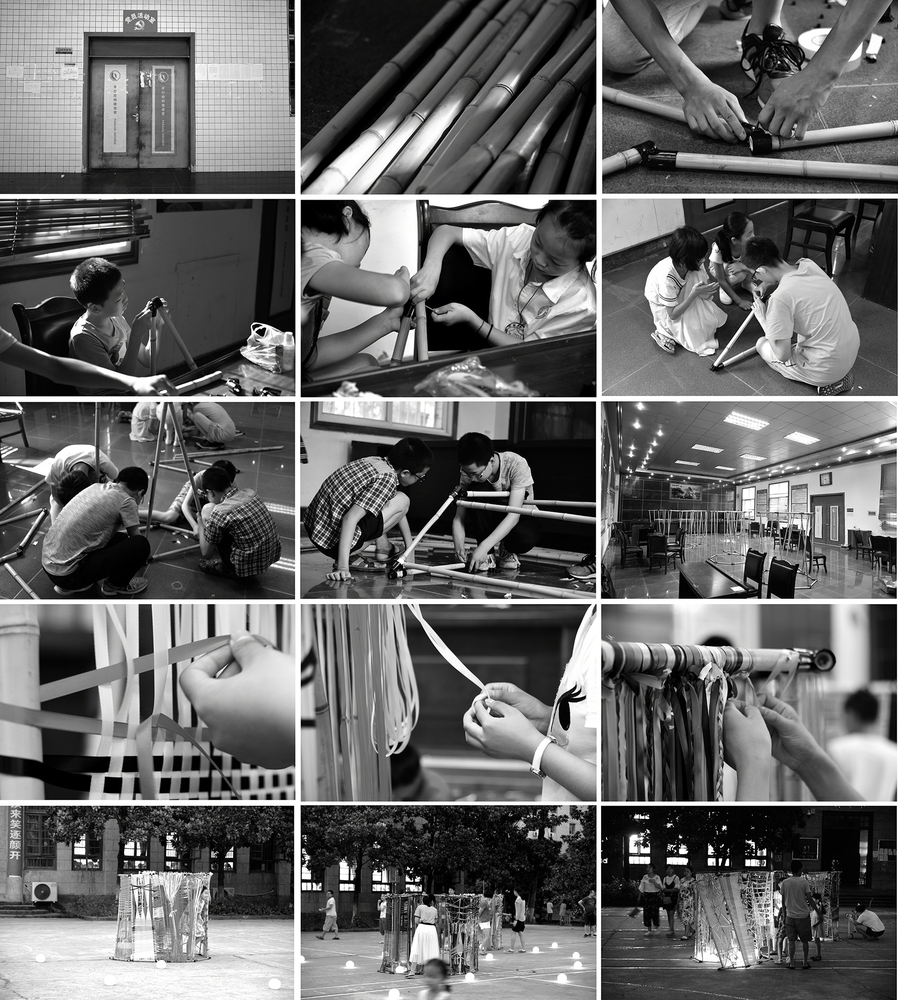

建筑师:
(仪陇)杨欣宇,李金曼,李虹橙,袁潇,胡富权,李瑞艳,许亮,刘娇,王奕莲,余洁,陈爽,许军贤,张涛,袁渊,吴文海,王堃,黄伟,吴明沁,李春梅,钟思,王进龙,夏瑜,陈婷,刘贤
(恩施)刘演佼,王晶晶,姜永成,张艳萍,罗文慧,张志铎,吴经星,姜寿宇,张健,罗靖宇,杨春豪,鄢玉娇,陈玉兰,刘佳煜,刘威,刘昊,张成锋,张亚娟
营地设计:种太阳
课程设计:One Take Architects
合作机构:仪陇发展协会,恩施望坪希望小学
志愿者:
(仪陇)靳嘉桐,冉伟骏,涂崇妍,罗伊婷,魏希雅;
(恩施)李露,汪文丽,邱德志,李凯,潘炳乾,缪熙婧,张玥
摄影师:蔡昕媛,康伟,李可欣
赞助:美国施贝化学
Architects:
(Yilong) Yang Xinyu, Li Jinman, Li Hongcheng, Yuan Xiao, Hu Fuquan, Li Ruiyan, Xu Liang, Liu Jiao, Wang Yilian, Yu Jie, Chen Shuang, Xu Junxian, Zhang Tao, Yuan Yuan, Wu Wenhai, Wang Kun, Huang Wei, Wu Mingqin, Li Chunmei, Zhong Si, Wang Jinlong, Xia Yu, Chen Ting, Liu Xian
(Enshi) Liu Yanjiao, Wang Jingjing, Jiang Yongcheng, Zhang Yanping, Luo Wenhui, Zhang Zhiduo, Wu Jingxing, Jiang Shouyu, Zhang Jian, Luo Jingyu, Yang Chunhao, Yan Yujiao, Chen Yulan, Liu Jiayu, Liu Wei, Liu Hao, Zhang Chengfeng, Zhang Yajuan
Camp Design: Sunners
Course Design: One Take Architects
Cooperative Institution: Yilong Development Association, Enshi Wangping Primary School
Volunteers:
(Yilong) Ran Weijun, Jin Jiatong, Tu Chongyan, Luo Yiting, Wei Xiya
(Enshi) Li lu, Wang Wenli, Qiu Dezhi, Li Kai, Pan Bingqian, Miu Xijing, Zhang Yue
Photographers: Cai Xinyuan, Kang Wei, Li Kexin
Sponsor: SpecChem

